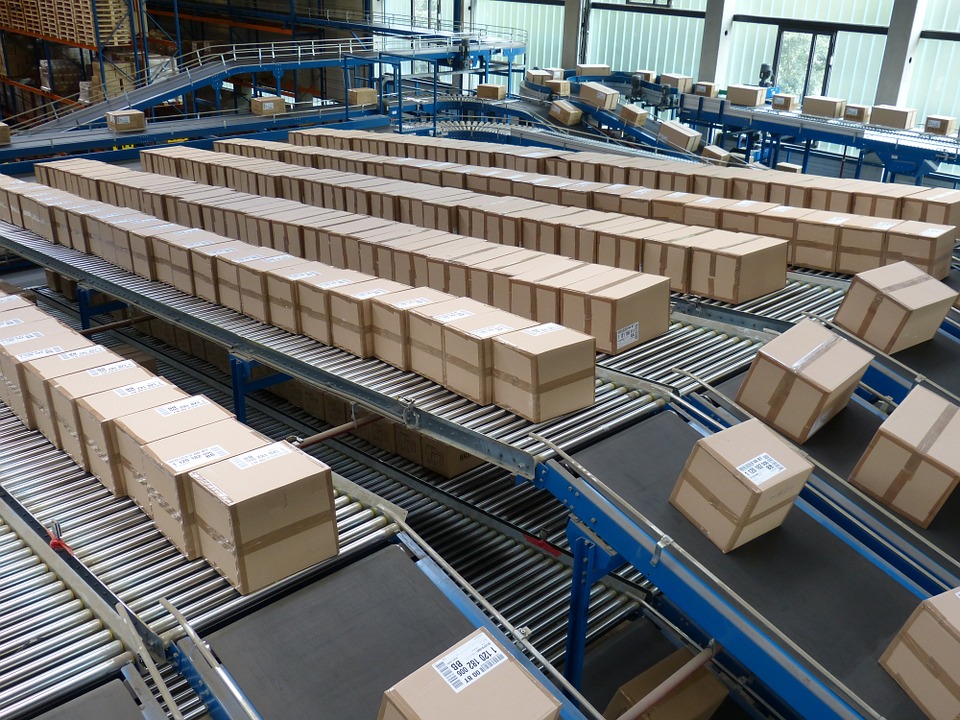Lets work together



Suite 3A, Chapel Allerton House, 114 Harrogate Road, Leeds, LS7 4NY
ukinfo@integrated-skills.com
+44 (0) 3300 888 670

There can be much waste generation within the manufacturing process. However, waste can also be generated during the product flow between partners in the supply chain. Product manufacturers have many options for reducing waste if there is a process in place for the identification and measurement of waste causes.
The specific causes of waste can be measured according to manufacturing processes like product defects, inaccuracy with forecasting and equipment breakdown. They can also be measured in terms of inherent cause, such as when a product’s packaging is ineffective or the set-up of manufacturing lines inefficiently planned.
Waste Reduction Begins with Accurate Reporting
Technology plays a significant role in the reduction of waste. Today’s technology allows for more accurate forecasting and reporting on current waste generation during product manufacture. Not only does technology help to reduce waste, but it also allows for the cost of waste disposal to be reduced as well. The latter is an important consideration, with increases to landfill tax being common leading to higher collection costs.
Better Design and Quality can Reduce Waste
The volume of raw material wasted can be greatly minimised when an effective quality control process is in place. The goal should be to increase the number of products that pass quality targets first time, which include targets for waste & by-product reduction.
Another way to reduce waste is to look at the processes used to manufacture products. Could they be more efficient? Could a different design reduce waste? The design of any product should be carried out with its entire life cycle in mind, including disposal or recycling.
A product should not only meet the needs of the consumer; but as many of its components as possible must be able to be recycled, resold, repaired or reused.
Aligning Waste Reduction with Supply Chain Models
The manufacture of products is often based on the demand of consumers. This demand-driven supply chain sees products being manufactured according to the amount of recent sales, and the number of in-demand items currently in inventory.
This demand-driven supply chain is also aligned with how marketing, pricing, distribution and manufacturing of products occurs. For example, adjustments to these areas of the process are often made hourly, daily or weekly. This allows manufacturers to accurately calculate how many items are needed to replenish inventory, which reduces waste in the factory. As well, efficiency can be increased by automating manufacturing processes and in sharing data between supplier and buyer in real time.
Environmentalists argue that modern production theory and supply chain modelling still does not put waste limitation and recycling at the heart of the process.
Consider the Abilities of Waste Contractors
Further still, manufacturing companies do not consider what their waste and recycling contractors can do for them, or indeed require of them. Regular checks should be taking place to ensure that information on waste reclamation technology is current: There are many waste and recycling companies who now have the technology to deal with materials that were formerly considered as waste.
One example of this relates to the sortation of recycling where sensors, magnets and currents are being employed for different materials to separate them from one another and obtain nearly full recovery.
France has proven to be a leader in waste reduction, most recently when they moved to ban the waste of unsold food at their supermarkets. The UK, some would argue, is not taking a lead in the area of unsold food.
The reduction of waste at all stages of the production process and supply chain, as well as ensuring as little surplus inventory as possible, will help all businesses in the UK to not only meet the country-wide goal of zero waste going to landfill, but also exceed their own expectations for in-house waste reduction.
www.ukisl.com
Would you like to know more about Supply Chain Waste Reduction? Fill in your details below and let us know how we can help.
Website Designed & Built by we are CODA